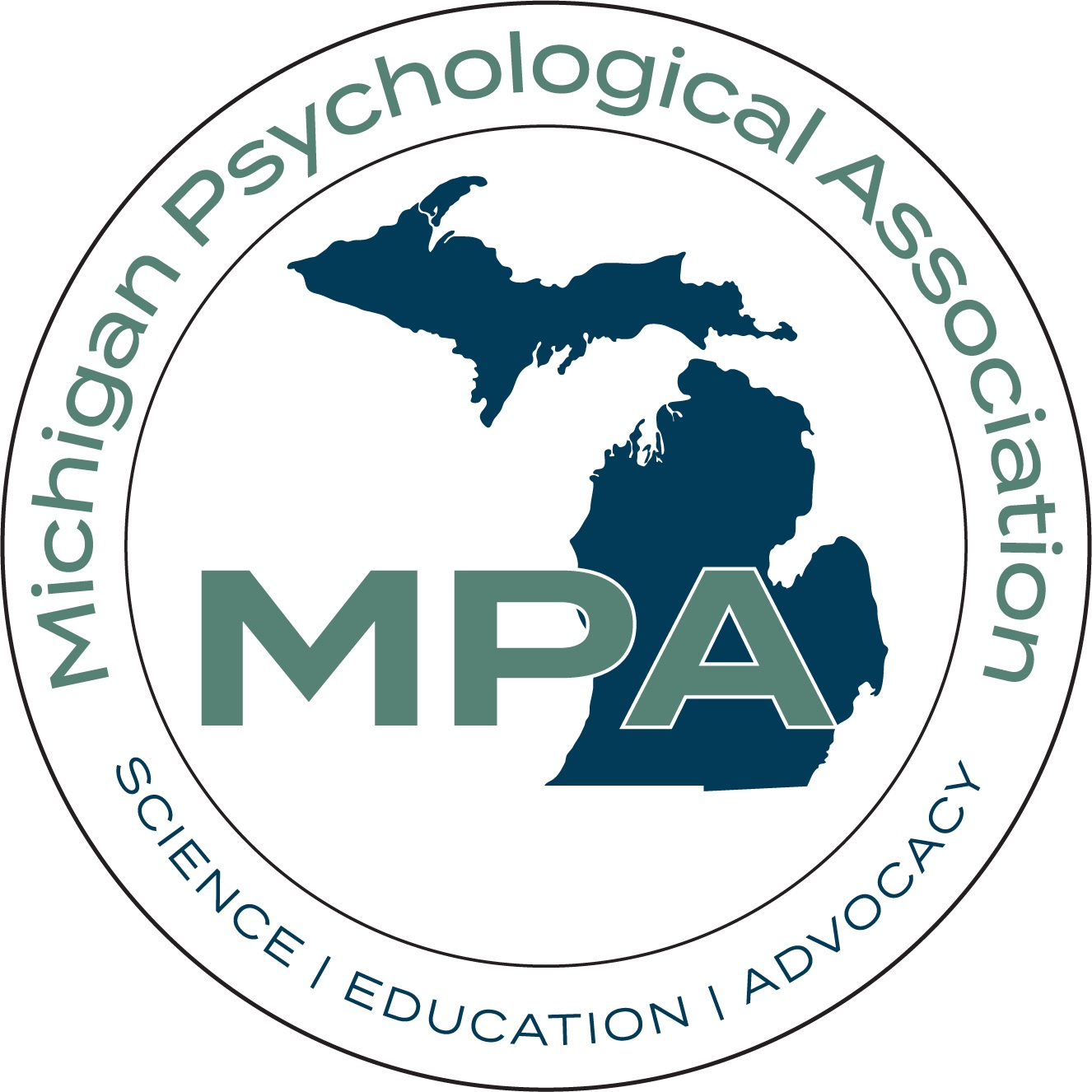What’s New in Psychology?
A Plausible Way to Decrease Postpartum Depression Risk
Jim Windell
The Centers for Disease Control and Prevention says that one in eight women who recently gave birth experience symptoms of postpartum depression. Further, the CDC notes that if left untreated, the condition can impact the mother’s health and may cause sleeping, eating and behavioral problems for the baby.
According to the Mayo Clinic, almost any new mom can experience postpartum depression, however, a woman’s risk increases if she has a history of depression, either during pregnancy or at other times; she has a bipolar disorder; she had postpartum depression after a previous pregnancy, she has family members who have had depression or other mood disorders; she has experienced stressful events during the past year; and if her baby has health problems or other special needs. The Mayo Clinic suggests that the best ways to prevent postpartum depression is if the doctor monitors a woman for depression during pregnancy and if she is screened for postpartum depression after giving birth.
However, a study published recently in The Lancelet Regional Health – Americas looks at the relationship between green space and postpartum depression. Previous studies either have not looked at exposure to a green environment or have not considered the types of green space or the mediating role of physical activity.
In this new study, a team of researchers led by the University of California, Irvine determined that exposure to green space and tree coverage was associated with a decreased risk of postpartum depression among mothers. The study suggests that researchers, city planners and public health professionals should work together to develop policies and interventions that increase the amount of tree coverage to create a beneficial environment for community members – especially new mothers who are at risk of postpartum depression.
Senior author of the study, Jun Wu, Ph.D., professor of environmental and occupational health in UCI’s Program in Public Health, comments that “This is the first study of its kind that examined the relationship between diverse green spaces, postpartum depression and the role of physical activity. We were able to show a reduced risk of postpartum depression associated with eye-level exposure to green space on the streets of the neighborhood, and that reduction was further mediated by physical activity.”
For the study, Wu and his colleagues analyzed more than 415,000 electronic health records of healthy, full-term births in Southern California. Analysis of the health records of singleton births to women residing in Southern California between 2008 and 2018 revealed that the highest reduction in risk of PPD was associated with a street-level view of green space, compared to, say, proximity to a park.
“The postpartum depression risk decreased by approximately 4.2 percent with each 10 percent increase in street-view green space,” said lead author Yi Sun, a former UCI postdoctoral scholar now a researcher at Peking Union Medical College. “Tree coverage showed stronger protective effects against postpartum depression versus other types of green space (i.e., low-lying vegetation and grass).”
Furthermore, the researchers found that increased physical activity during pregnancy was a plausible pathway linking green space to lower risk of postpartum depression.
To read the original article, find it with this reference:
Sun, Y., Molitor, J., Benmarhnia, T., Avila, C., Chiu, V., Slezak, J., ... & Wu, J. (2023). Association between urban green space and postpartum depression, and the role of physical activity: a retrospective cohort study in Southern California. The Lancet Regional Health–Americas.




